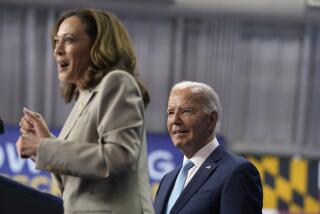What inflation looks like in Southern California: ‘It’s a losing battle’
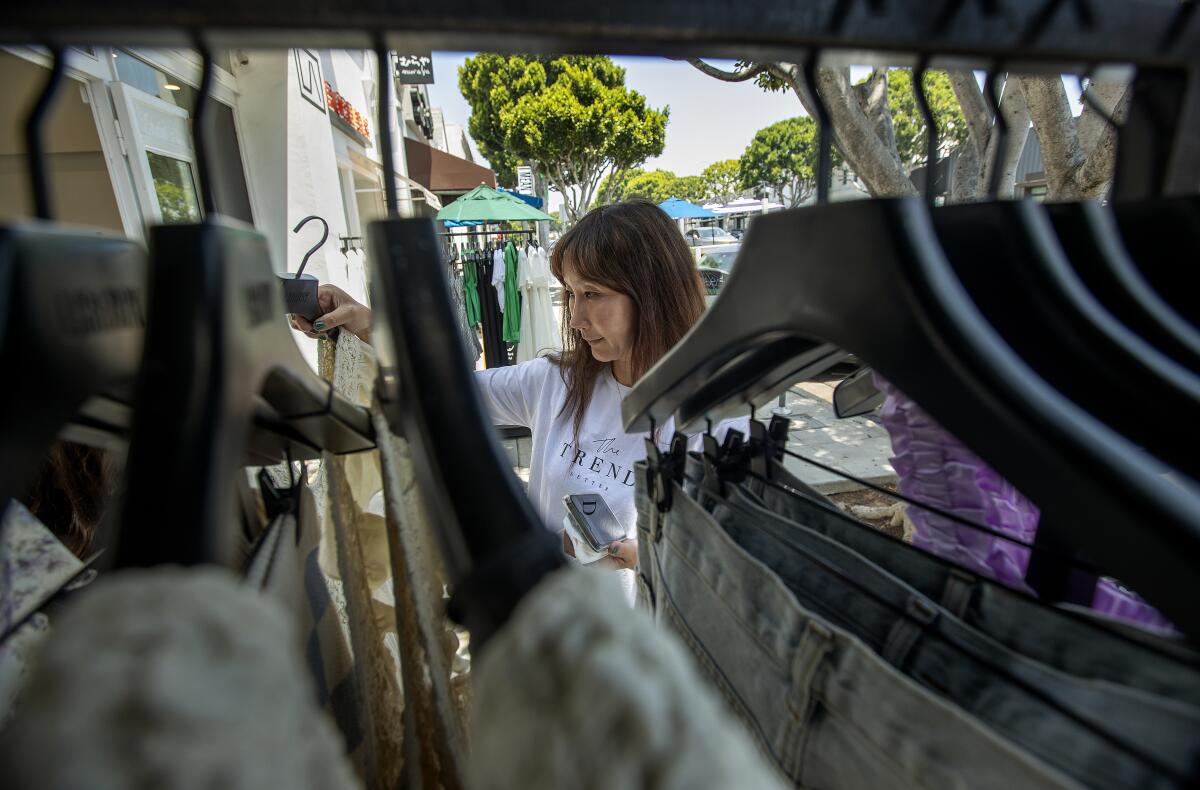
As U.S. inflation hit a four-decade high, rising prices in Southern California — where costs of shelter and food are among the highest in the nation — are warping the fabric of daily life: Shoppers are cutting grocery budgets, businesses are scaling back operations and low-wage workers are seeing their paychecks eaten away at the gas pump.
“It’s kinda maddening,” said Beverly Matsumoto, who has tried to save money by visiting more than one grocery store to take advantage of discounts and sales. Matsumoto started to visit budget markets such as Aldi and Grocery Outlet when she saw prices rising, but she said she still can’t seem to avoid them.
“It’s a losing battle,” she said.
The Labor Department’s inflation figure for May — 8.6% compared with the same month last year — came as a surprise to economists and investors, who had expected to see some moderation in prices after the rise in the consumer price index in April came in slightly below the previous 40-year high in March.
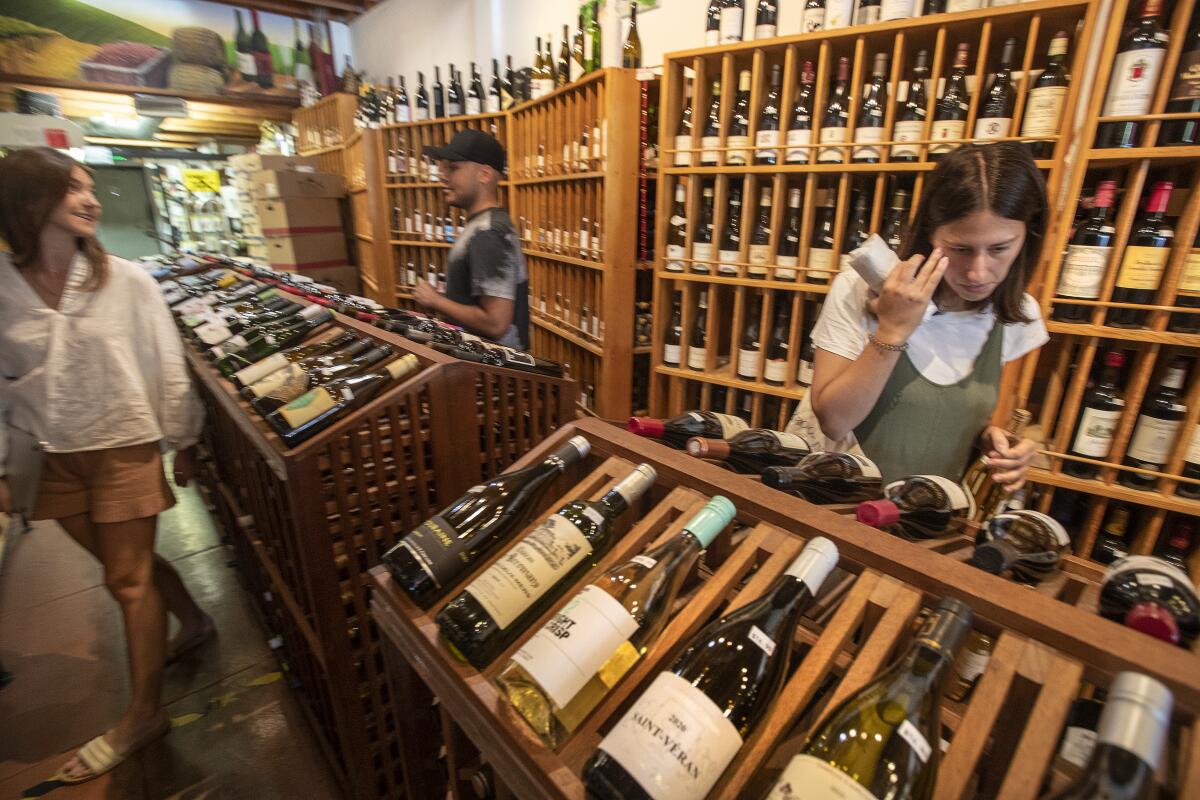
The Biden administration has been under pressure to reassure Americans that inflation won’t reel out of control. The most recent numbers seemed to upend that hope, with prices rising for goods across the board, led by sharp jumps in the costs of energy and groceries.
In a metro area as large as Los Angeles with an economy driven by low-wage work, the effects of inflation — especially gas prices — fall disproportionately on the working class, said Leo Feler, a senior economist at the UCLA Anderson Forecast.
Annual inflation in the L.A. metro area, which includes Los Angeles and Orange counties, clocked in at 8% in May. San Diego saw 8.3%, while the Riverside metro area, which includes Riverside and San Bernardino counties, saw a 9.4% inflation rate.
The highest inflation in the country, up to double digits, has been hitting smaller cities where people moved during the pandemic, as remote work became widespread. The weakest inflation in the country is in the San Francisco metro area, at 5%, as tech workers left for more affordable pastures and business areas were left largely empty.
Los Angeles falls right in the middle, Feler said.
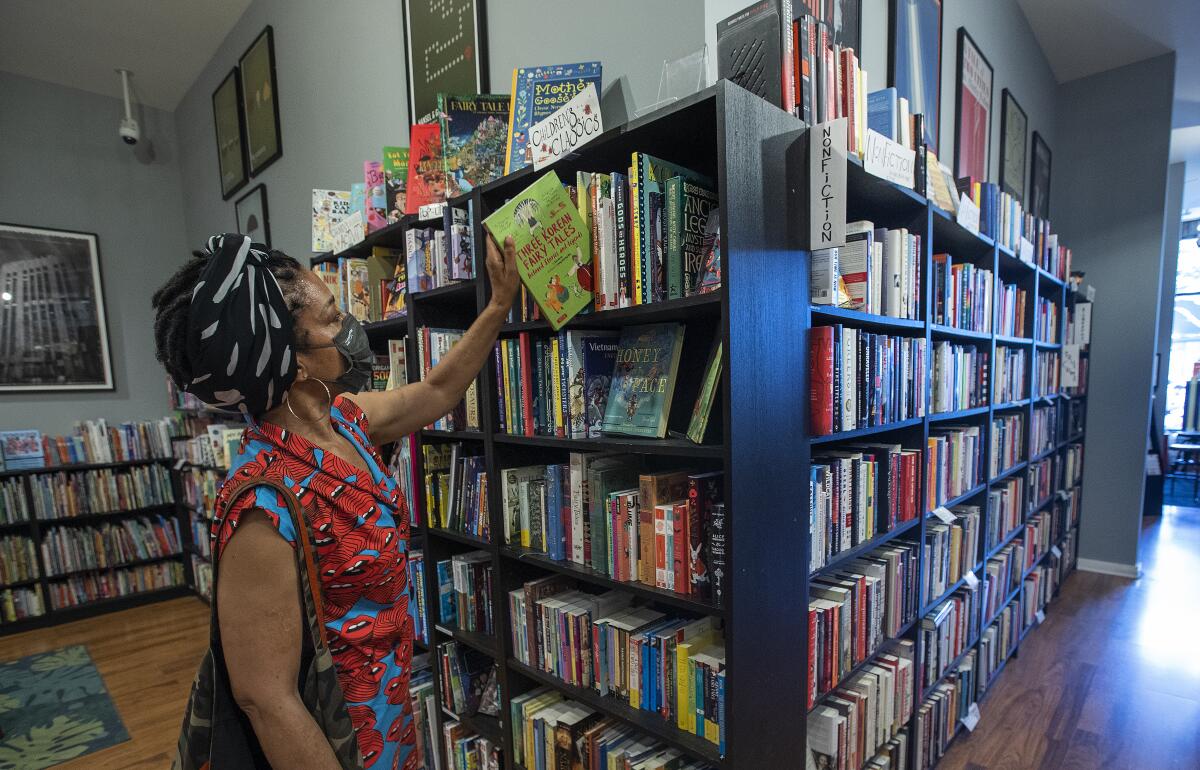
“The fraction of our population that can work from home tends to be smaller than cities where you have a big tech or finance center,” he said. Hollywood, healthcare, and transportation and logistics make up a major portion of the L.A. economy. “You can’t shoot a movie, or move goods from the port to a warehouse, in front of your computer.”
The majority of workers in Los Angeles qualify as low-wage workers, with 53% of workers in the metro area making less than $40,000 a year, according to a 2019 Brookings Institution report, and nearly a third earning less than $31,000.
Working-class households are more likely to have kept commuting to work throughout the pandemic, and also tend to drive older cars with worse gas mileage compared with white-collar workers. Higher earners also have the cash reserves and time flexibility to comparison shop for groceries or other goods, while average Angelenos have to buy essential goods such as toilet paper piecemeal and face the rising prices week by week.
“If you’re consuming a lot more gas, which lower-income families tend to consume, and you’re more dependent on rent, and a larger portion of your paycheck goes to food, you’re losing more purchasing power,” Feler said.
As a result, food banks have seen an unexpected jump in demand, said Michael Flood, chief executive of the Los Angeles Regional Food Bank, who said that inflation has brought in a wave of new demand.
“Going into this year, we thought demand for food assistance would decline as the economy continued to improve, but inflation has really changed that picture,” he said. “Demand jumped up significantly in March and has stayed at that high level for April, May and early June. Price increases are really hitting people right now.”
Flood said the food bank is now distributing just under 11 million pounds of food a month directly and through its 600 partner agencies, up from a little more than 8 million pounds in September.
To keep up, the organization has had to spend more money buying food. Pre-pandemic, 5% of the food distributed by the food bank was purchased; now that percentage is roughly 15%, Flood said, with the remainder coming from donations. The food bank has also been spending more money on fuel for its fleet of delivery vans and large trucks.
Inflation is roiling countries around the world. Consumer demand has surged in the last year, following a sharp dip during the beginning of the COVID-19 pandemic, at the same time that supply chain disruptions and sanctions against Russia in response to that nation’s invasion of Ukraine have pushed food and fuel prices higher.
Eastern European countries are seeing double-digit inflation, nations such as Germany and the U.K. also are facing four-decade inflation highs, and a number of the world’s poorer countries are facing massive inflation and food crises.
The Federal Reserve is expected to raise its target interest rate next week, in an attempt to curb U.S. consumer demand. But the specter of more expensive capital has also sent the prices of stocks, particularly of California’s major tech companies, on a downward slope, and triggered wider market fears of a recession.
President Biden, in Los Angeles for the final day of meetings around the Summit of the Americas, addressed the latest inflation numbers in a speech at the Port of Long Beach on Friday, reiterating that inflation remains his “top priority.”
Speaking from the deck of a retired warship among the piles of shipping containers lining the terminals, Biden didn’t try to sugarcoat the numbers and attributed rising prices to Russia’s ongoing war in Ukraine.
“I understand Americans are anxious, and they’re anxious for good reason,” Biden said. “We’ve never seen anything like [Russian President Vladimir] Putin’s tax on both food and gas.”
While touting his administration’s efforts to ease supply chain bottlenecks, Biden again noted that it’s up to the Federal Reserve to adjust interest rates and took aim at the private sector, urging oil and gas producers to accelerate domestic production and asking Congress to crack down on foreign shipping conglomerates that, he said, have raised their prices “by as much as 1,000%” and are reaping record profits.
But citing record job growth, rising wages and an unemployment rate below 4%, Biden asserted that “America can tackle the problem of inflation from a position of strength unlike any other country in the world.”
In Los Angeles, residents who were already stretched thin by high housing costs are figuring out how to make ends meet.
“[Inflation] has changed a lot of my shopping patterns,” said Thomas Morgan, 40, a machine operator in the aerospace industry. “Steak was on the menu and now it’s turned down to sandwiches sometimes.”
Many grocery shoppers are either cutting back on higher-priced foods or visiting discount grocery chains. The food-at-home category rose 11.9% nationally, the highest rate since 1979, and 10.9% in the L.A. metro area, led by a more than 14% rise in fruit and vegetable costs.
Grocers say they are absorbing as much of the increases as they can, but with profit margins at 2% or less there is only so much they can do to blunt the price hikes. Transportation, fuel and labor costs are the biggest factors in rising food prices, industry experts say.
“The price changes are coming at us so fast that we can’t process them fast enough,” said Neil Stern, the chief executive of Good Food Holdings, the company that operates Bristol Farms, Lazy Acres Natural Market, Metropolitan Market, New Seasons Market and New Leaf Community Markets. “Everybody is getting hit with the same external factors.”
Arnold Rodriguez, owner of Black Sugar Rib Co., a private caterer and a food vendor at the weekly Smorgasburg market in downtown Los Angeles, said that every part of his product — including ingredients such as mayonnaise and almond slivers — has been jumping in price.
As a result, “profit margins have shrunk” and he’s had to make significant adjustments. After meat prices rose, Rodriguez raised the price of his pulled pork nachos to $20 from $18. A pulled pork sandwich currently goes for $16, but “in the next week or two, we might start charging $18.”
Further up the supply chain, trucking companies are also feeling the pinch. Southern California gasoline prices have shot up 44% in the last year, and the surge in diesel costs has topped 50% in the same time.
Los Angeles-based trucking firm Kratos Enterprise Logistics has stopped transporting goods outside of California because of surging fuel prices and is operating within a radius of 500 miles to remain viable.
“I would typically earn revenues of $10,000 a week, but now it’s ranging between $5,000 and $9,000 as my clients are offering cheaper loads as inflation is impacting their businesses,” said the company’s chief executive, Luis Arevalo.
Rising prices, Arevalo said, have had a domino effect on the trucking business: The cost of buying a single truck tire has doubled from $400 to $800. “If gas prices continue to increase and the load revenues go down, I may either have to lay off or sell a truck to survive,” he said.
To cut costs, Kratos is planning to drop Amazon as one of its clients later this month. Compared with some other firms, Amazon requires logistics firms to have higher insurance coverage for goods that they transport.
“I will save around $5,000 on one truck every year by not working with Amazon,” Arevalo said.
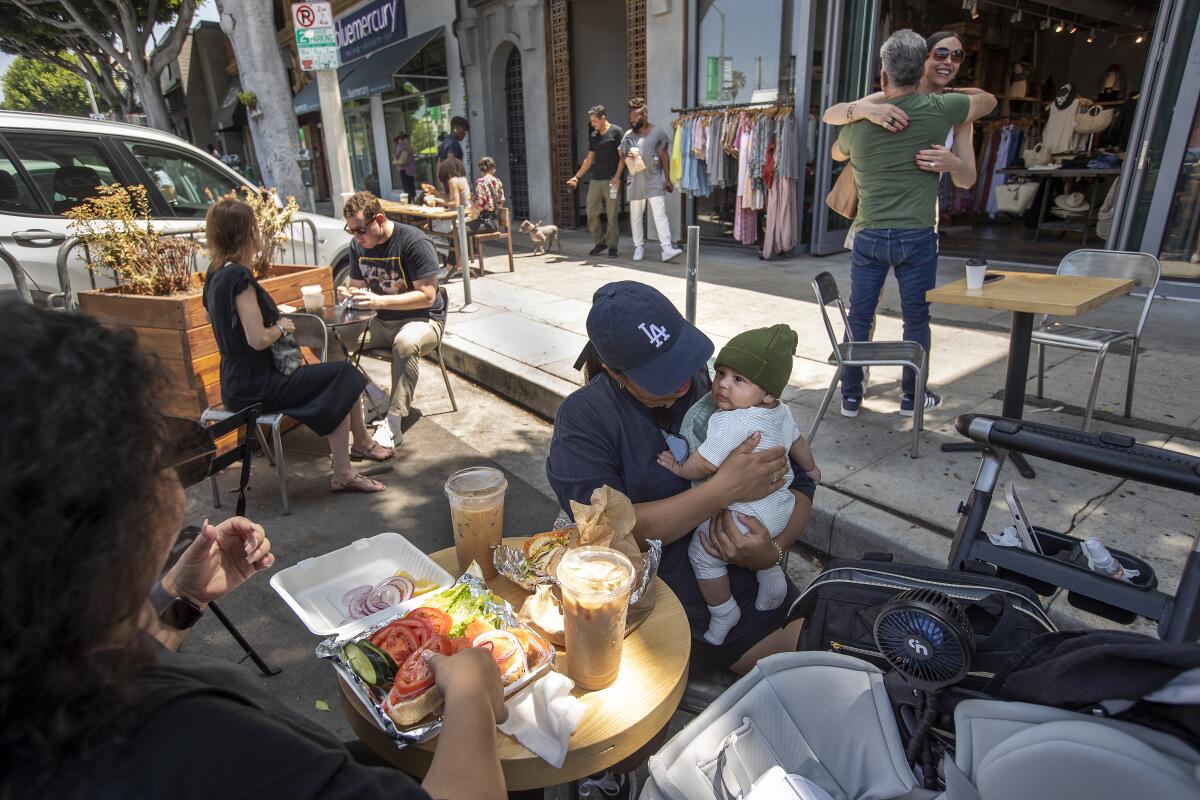
On Friday afternoon, even shoppers and business owners on Larchmont Boulevard in tony Windsor Square said they were feeling the inflationary heat.
At Larchmont Mail Shop, owner Ted Kim said some customers have balked at higher prices imposed by FedEx and UPS this year. Both companies have raised the cost of overnight shipping by about $5 in recent months, he said.
Fewer people are mailing out expensive packages — those costing $50 and up to ship — he said: “Some people don’t ship [their items] because it’s too much.”
“It has made me worried,” said Kim, owner of the shop since 2004. “We’ve got to pay rent, pay the employees.”
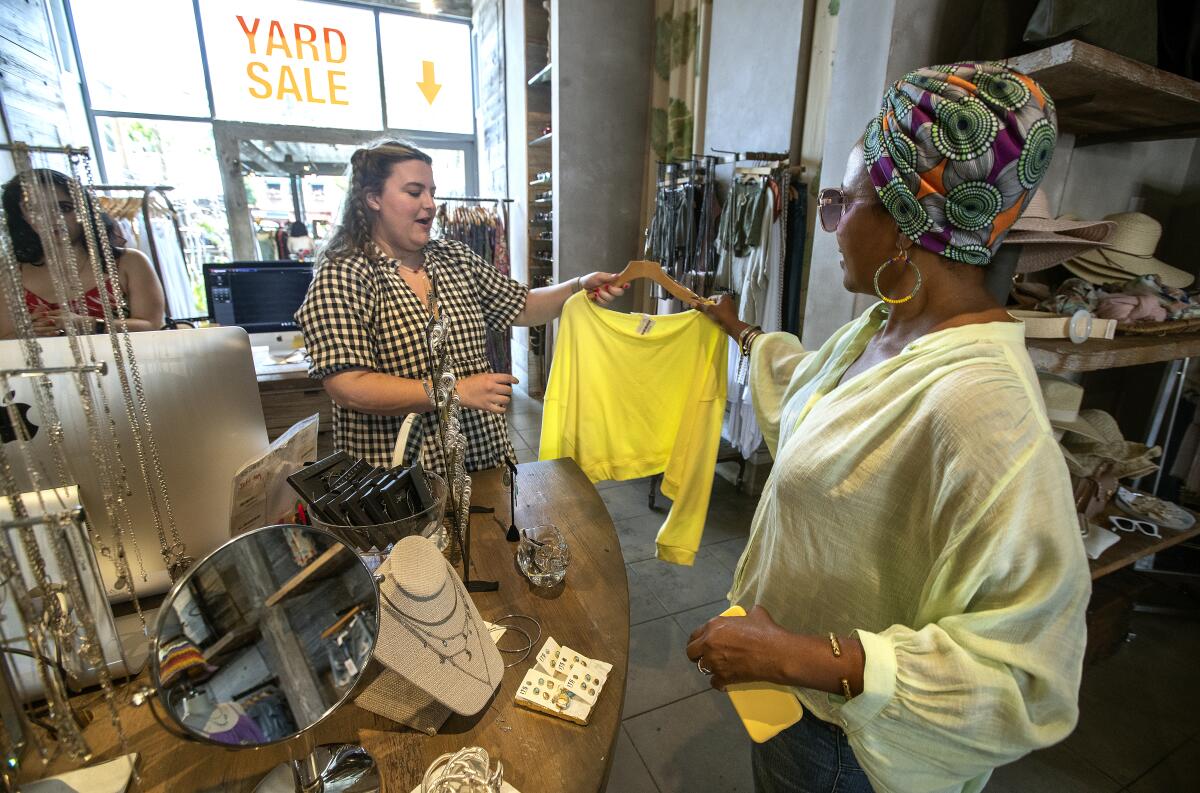
A few doors down, at Village Pizzeria, menu prices have held steady in 2022 after an increase in 2021. Owner Steve Cohen, who opened the eatery on the boulevard in 1996, said he’s held the line despite the increased cost of foodstuffs.
Take the Wisconsin mozzarella he buys — last year it cost $2.90 to $3.10 a pound, and now it goes for about $3.65 a pound. With the restaurant running through about 500 pounds of the cheese each week, that’s a significant uptick, he said.
A saving grace has been that his customers still flock to the pizzeria.
“We are busy when we are open, but we do have feedback of high prices from people who aren’t regulars,” Cohen said. “I think they are affected by everything around them.”
Bob Wishnefsky, a post-production engineer at Paramount Pictures who is a longtime customer at the pizzeria, ordered a $12.75 meatball sub and said that inflation had given him a vague sense of anxiety.
“Everything is really out of control,” Wishnefsky said.
Times staff writers Eli Stokols, Hugo Martín and Laurence Darmiento contributed to this report.
More to Read
Inside the business of entertainment
The Wide Shot brings you news, analysis and insights on everything from streaming wars to production — and what it all means for the future.
You may occasionally receive promotional content from the Los Angeles Times.

